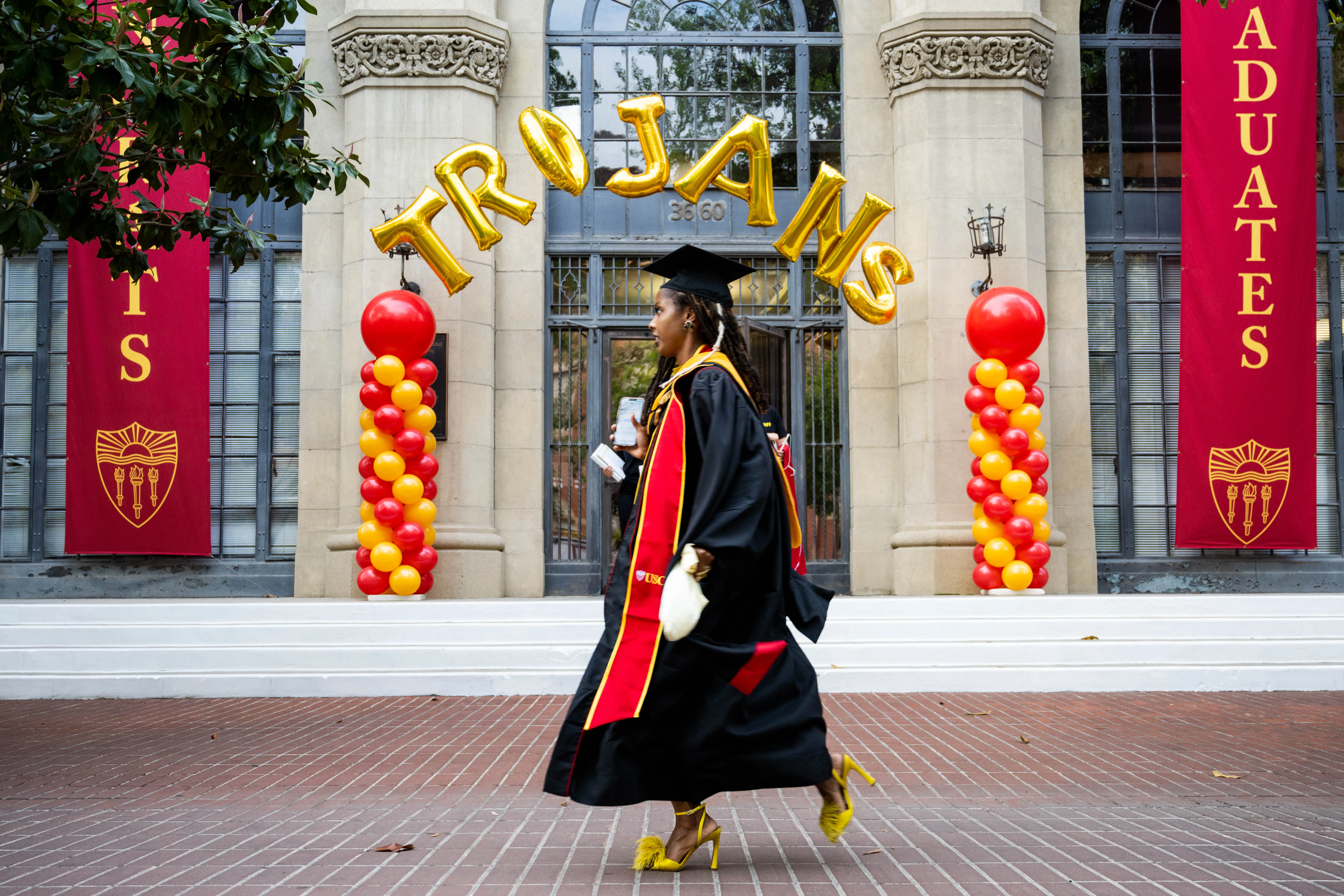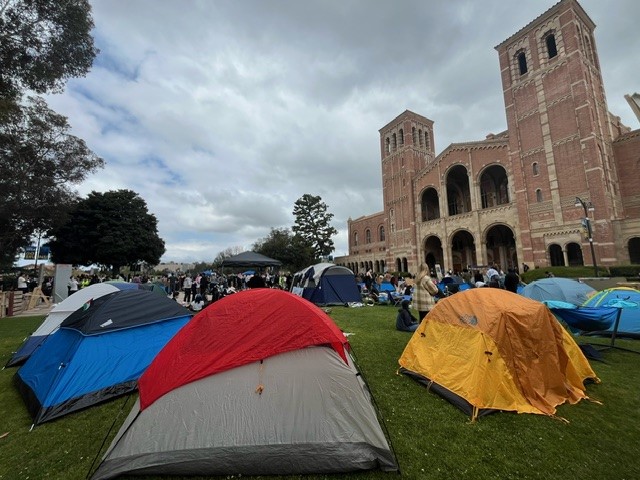The nation's most energy-efficient science laboratory focusing on environmental issues can now be found in the historic 1932 Caltech building.
Housed in the Ronald and Maxine Linde Center for Global Environmental Science at Caltech, the scientist and engineers of the laboratory are striving to address and develop solutions to environmental issues affecting the planet.
"Some of the world's top leaders in climate and environmental pollution are looking at global warming, earth climate, pollution and other issues affecting the climate change and air quality, " said Deborah Williams-Hedges, the senior media relations' representative for Caltech.
A pertinent problem in Los Angeles that scientists are currently addressing is the issue of smog and the formation and reduction of aerosols, said Linde Center Director Tapio Schneider.
"We look at the air quality and see if those particles make up the smog," Schneider said. "We also look at clouds and climate changes and trends."
One way this is done is through the use of corals.
"The shells of corals can give us clues to the future. If we understand what the past has done, we can understand the future," said Schneider.
Local
Get Los Angeles's latest local news on crime, entertainment, weather, schools, COVID, cost of living and more. Here's your go-to source for today's LA news.
In 2008, Ronald and Maxine Linde established an $18 million endowment to support both the lab costs as well as the science programs and initiatives, said Williams-Hedges. An additional $3 million was given by Foster and Coco Stanback to enhance the sustainability of the new laboratory.
Although the laboratory focuses on research pertaining to the environment and climate, the building was formerly designated for astrophysics.
Some items like the solar telescope from 1950 was originally used to study the sun, but has been preserved and restored for present-day use.
"The shaft of the telescope is in the middle of the building and with it we can see projections of the sun in real time," said Schneider. "The fixtures also illuminate the light in the basement."
In addition to the telescope, the original window frames from 1932 are still in tact, as well as the light fixtures inside of the building.
Update: Additional information provided by Caltech after this article was originally posted put the total project cost for the laboratory at $35 million.



